MOULD
Mould Removal and Mould Cleaning
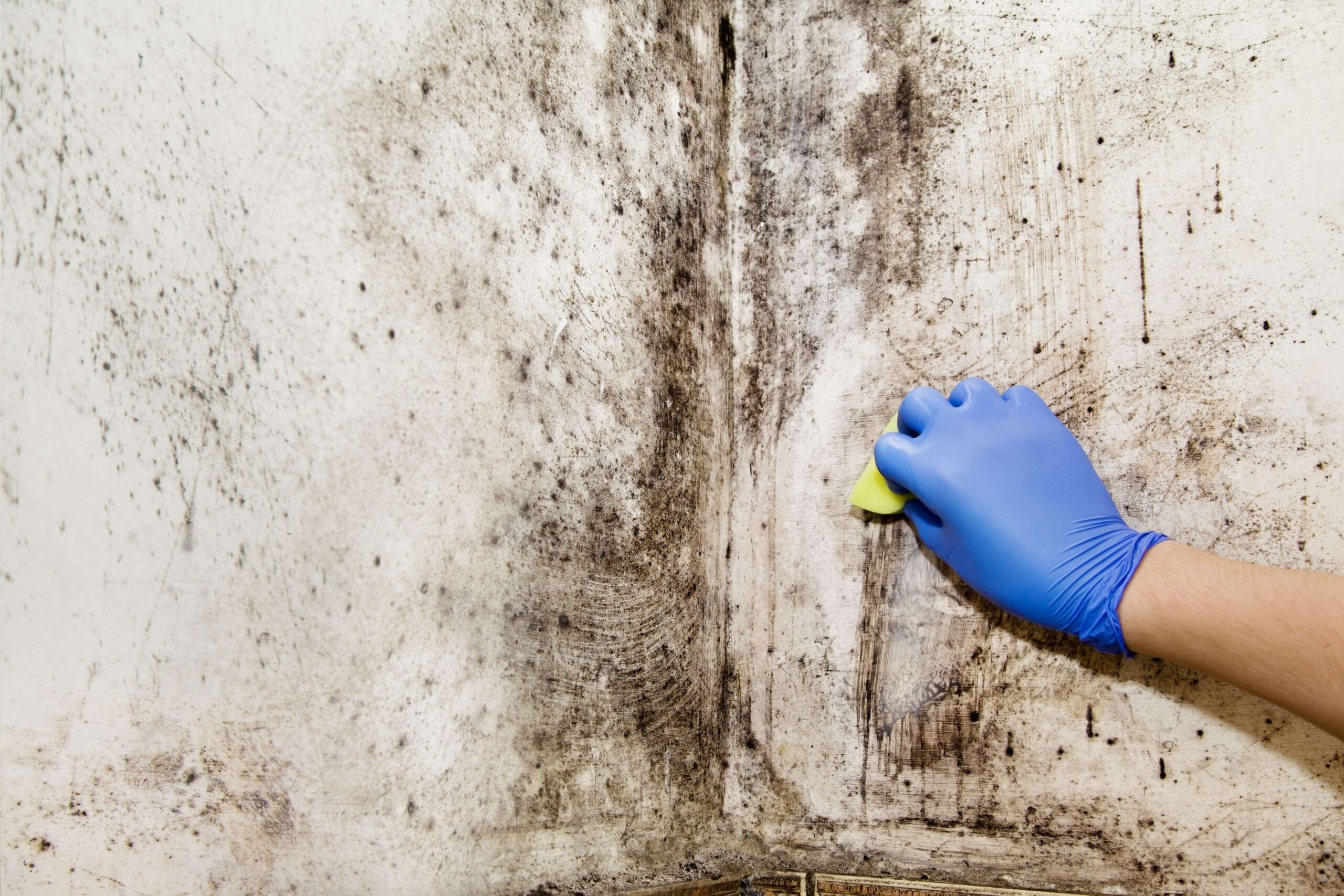 Mould thrives in wet environments, so any place with poor drainage or high humidity is susceptible. This could be due to issues like flooding, leaks, condensation or inadequate ventilation.
Mould thrives in wet environments, so any place with poor drainage or high humidity is susceptible. This could be due to issues like flooding, leaks, condensation or inadequate ventilation.
The first step to fixing a mould issue is identifying the root of the problem with help from experts. They will be able to tell you if it’s safe to stay in your home and what needs to be done to get rid of the mould.
If you have a mould problem in your home or office, large or small, London Damp Surveys can help. We’re reputable surveyors who will work with you on identifying and beginning your mould removal process.
Mould Remediation Options
Speed drying
Mould needs moisture to survive, so it’s crucial that we dry out any wet areas to prevent the mould from spreading.
Mould cleaning and decontamination
The mould remediation process usually starts with a survey to evaluate the problem and see if it’s safe for anyone to stay in the building – that’s where London Damp Surveys come in! If we determine that people can’t safely remain in the property, we will recommend that you start decontaminating and cleaning the entire place so that mould is no longer present.
Cross-contamination prevention
By using HEPA filters and specialist equipment, mould experts can prevent the cross-contamination of airborne mould spores. This is because the work is carried out under negative pressure.
Odour removal (if required)
In the event that your mould was caused by severe water damage from flooding, you may be facing some unpleasant odours. Fortunately, this problem can be fixed using various fogging and sealing solutions that will remove the odour long-term.
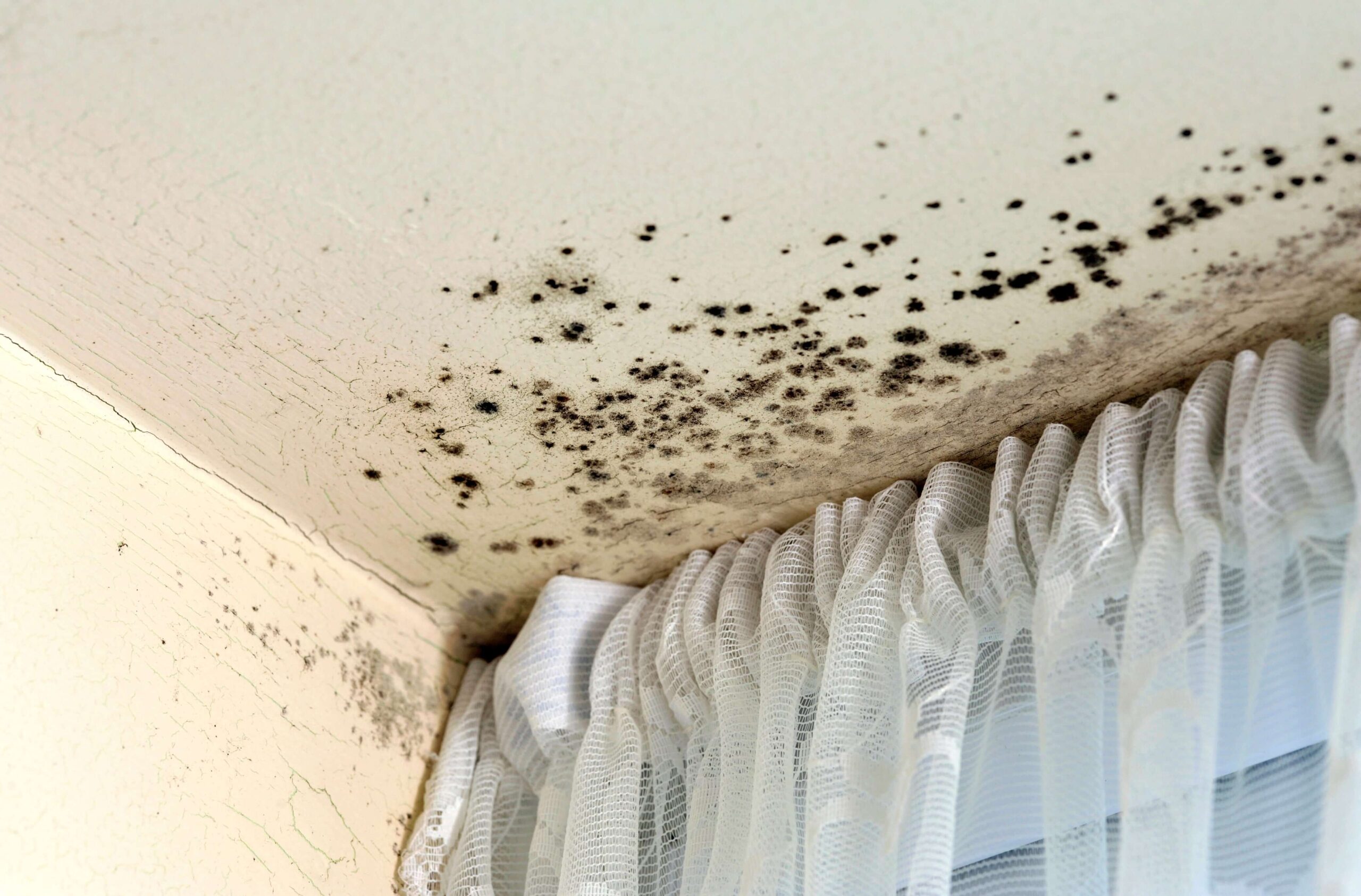
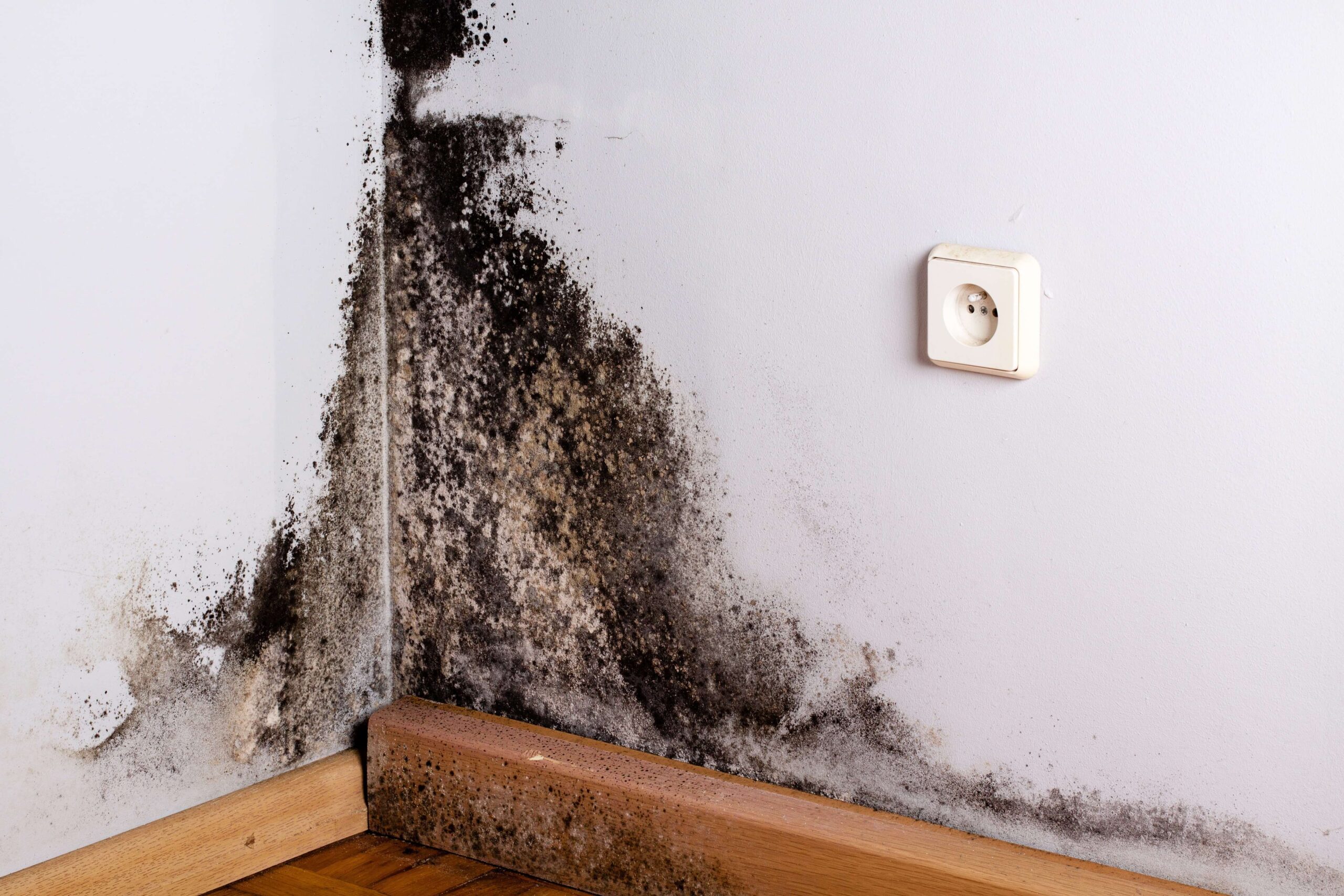
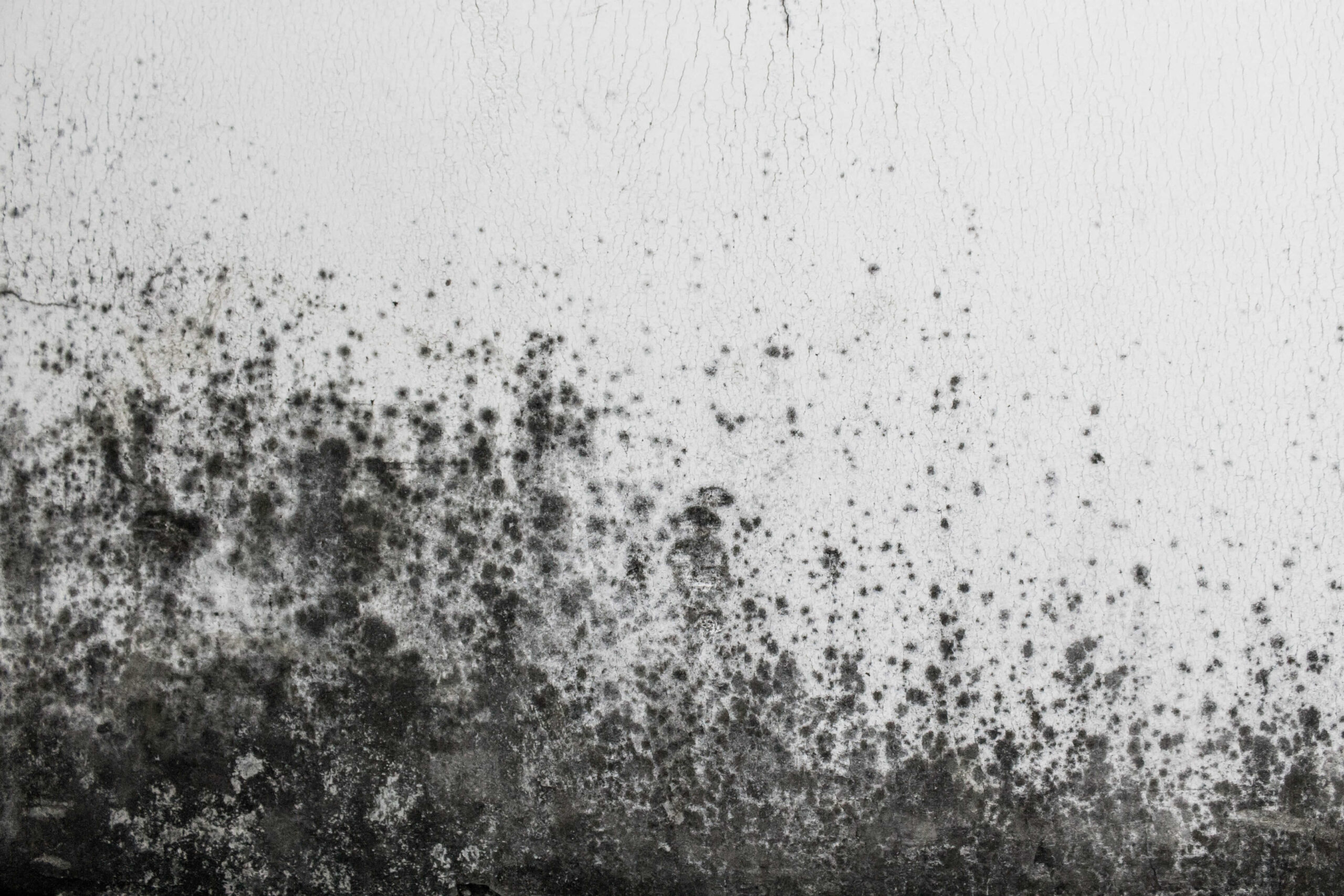
What causes mould in a property?
Mould commonly occurs from:
- N Water flooding in
- NDrying clothes indoors without airing them out
- NNot opening a window when showering/bathing or cooking
- NHigh dampness levels
- NNon-ventilated tumble dryers
- NFurniture close to external walls
- NSealed up or shut windows with no vents
What are the harmful effects of mould?
People with robust and flourishing physiques are not always sheltered from the harmful effects of mould. Nevertheless, some people can become very ill if they’re residing in buildings affected by mould, so we would highly recommend taking it seriously.
The groups of people most vulnerable to the dangers of mould are:
- NInfants and toddlers
- NThose with asthma or any other lung problems
- NAllergy sufferers, bronchitis, pneumonia patients, etc.
- NThe Elderly
- NPregnant women
If you’re worried about your health due to mould in your home, always speak to a medical professional.

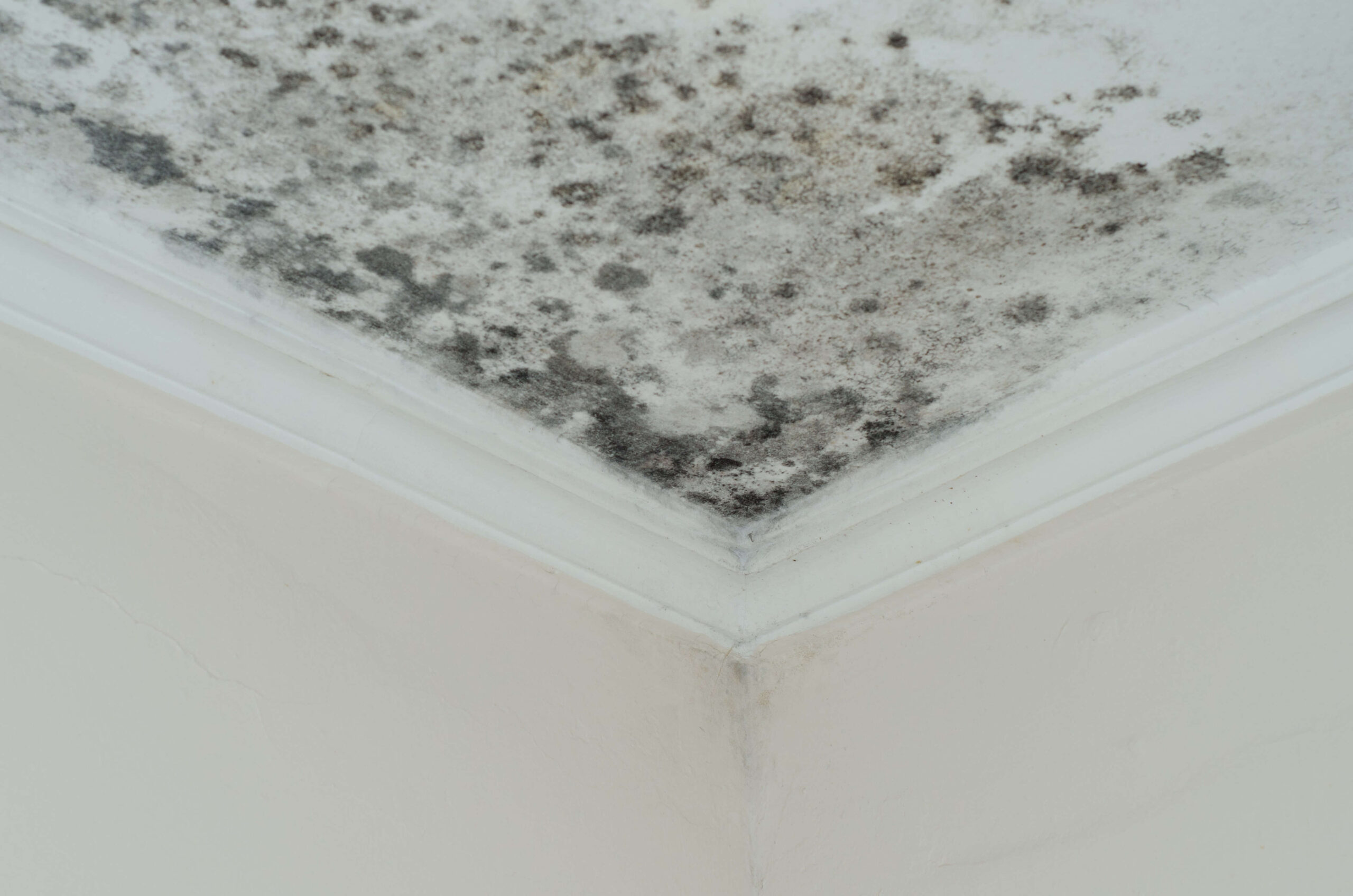
What conditions do mould thrive in?
Mould loves to grow in places that are very moist and humid, with little ventilation. If it’s already warm and humid where the mould is, then it will only spread more quickly. One of the downfalls of mould is that you can’t always see it growing, as it could be indoors or outdoors, in basements or attics, behind drywalls or under carpets– anywhere there might be excess moisture. Mould commonly grows on wooden items and ceiling tiles but can also accumulate in dust, paint, wallpaper, fabrics, insulation materials and upholstery.
What are the health risks of mould?
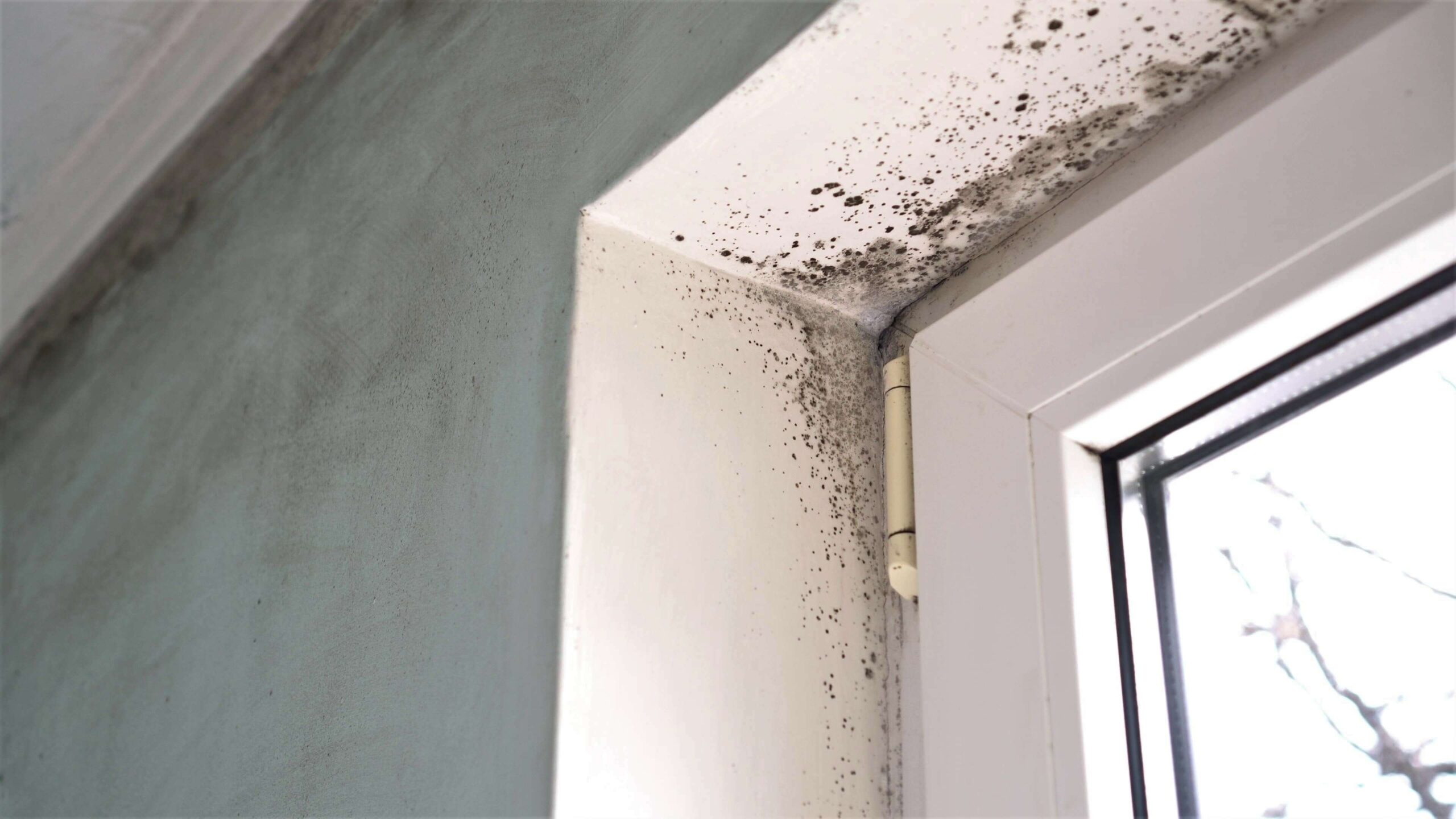 According to the 2001 Housing Health and Safety Rating System (HHSRS), mould is just as much of a health hazard as asbestos is. Mould spores travel through the air and are breathed in by people nearby. Being exposed to mould for too long is dangerous to your health. The Institute of Occupational Medicine (IOM) found that there is a connection between being exposed to damp conditions indoors and having respiratory problems. If there’s an outbreak of mould, landlords, councils, and housing associations have to legally remove it under section 11 of the Landlord and Tenant Act 1998.
According to the 2001 Housing Health and Safety Rating System (HHSRS), mould is just as much of a health hazard as asbestos is. Mould spores travel through the air and are breathed in by people nearby. Being exposed to mould for too long is dangerous to your health. The Institute of Occupational Medicine (IOM) found that there is a connection between being exposed to damp conditions indoors and having respiratory problems. If there’s an outbreak of mould, landlords, councils, and housing associations have to legally remove it under section 11 of the Landlord and Tenant Act 1998.
Mould growth is one of the biggest dangers to a property and its inhabitants post-flood. Mould needs water to grow, so when flooding saturates building materials like drywall, wood and insulation, it provides spores with an ideal environment in which to germinate and multiply quickly. The longer someone is exposed to high airborne concentrations of mould spores, particularly certain pathogenic species, the greater their risk for developing adverse health effects.
At some point, nearly every property will have mould in varying degrees – frequently hidden beneath wallpaper or within wall studs. Whether the mould is from flooding or just general dampness, London Damp Surveys can assist you.
To begin work, a survey of the affected site is sometimes required to determine the level of infestation. Mould contamination is classified according to the size of the contaminated area:
- NLevel 1 – less than 1 square metre
- NLevel 2 – between 1 and 10 square metres
- NLevel 3 – more than 10 square metres
- NLevel 4 – within a HVAC system
Though only operations involving remediation above Level 2 require a qualified and experienced indoor environmental hygienist, mould growth can very quickly get out of control in any building, and a Level 2 contamination can rapidly turn into a Level 3.
We can respond to mould survey callouts within 24 hours.
What does mould look like?
Fungi is the root word for mould, which takes on many different forms. Its visual appearance can differ greatly but often appears as green, brown, yellow, black or pink fuzzy growths that come with an unpleasant smell. If you’re smelling mould, it’s likely because spores and mycotoxins have become airborne–in other words: it’s not healthy to breathe in. When visible on surfaces like walls, there’s a higher chance that it will also be found elsewhere in the building structure–walls included. Mould easily infiltrates buildings and damages internal brickwork, which then affects the overall integrity of said buildings down the line.
Can I remove mould myself or do I need a professional mould cleaning company?
Mould and its spores can cause health problems if inhaled, so it’s important to get rid of it as soon as possible. If the mouldy area is small (less than one metre square) and caused by condensation, you might be able to clean it yourself. But if the mould is from sewage or covers a larger area, you’ll need help from a professional company that deals with this sort of thing.Bleach and other household cleaners won’t work on mould or stop it coming back, so don’t waste your time with them.
frequently asked questions
Why is mould more common in certain areas or climates?
Mould thrives in damp, warm, and humid conditions. Therefore, it’s more common in areas or climates that provide these conditions, such as tropical regions or buildings with poor ventilation and moisture control.
Can mould cause structural damage to a building?
Yes, if left untreated, mould can cause structural damage to a building. It can weaken wooden structures, deteriorate wall materials, and cause unsightly stains and odours.
Are there different types of mould?
Yes, there are many different types of mould. Some common indoor moulds include Aspergillus, Cladosporium, and Stachybotrys chartarum, also known as the black mould.
Can mould growth be visible or hidden?
Mould growth can indeed be both visible and hidden. Visible mould often appears as discolouration on surfaces. Hidden mould can grow behind walls, under floors, or in other areas that are not immediately visible.
Can mould growth be a result of water damage or flooding?
Absolutely, water damage or flooding can create the ideal conditions for mould growth by providing an excess of moisture.
Can mould grow on clothing or fabric materials?
Yes, mould can grow on clothing or fabric materials if they are left damp for too long. This is particularly common when clothes are not dried properly after washing.
Can the age or condition of a building impact mould growth?
Yes, older buildings or those in poor condition may be more susceptible to mould growth due to factors like leaks, poor ventilation, and outdated construction materials.
Can mould growth be resolved without major renovations or modifications?
In some cases, yes. If the mould is confined to a small area and the source of the moisture problem can be addressed, it may be possible to clean the mould without major renovations. However, extensive mould growth or growth caused by structural issues may require more significant work.
Can mould growth be a result of water damage or flooding?
Yes, water damage or flooding can provide the excess moisture needed for mould to thrive, making it a common cause of mould growth.
How does mould differ from other types of dampness, such as condensation or water leaks?
While mould, condensation, and water leaks all involve moisture, they are different issues. Mould is a fungal growth that occurs due to persistent damp conditions. Condensation is the formation of water droplets on a surface when warm, moist air comes into contact with a cooler surface. Water leaks are the result of water escaping from pipes, roofs, or other areas, which can create wet conditions conducive to mould growth and condensation.
